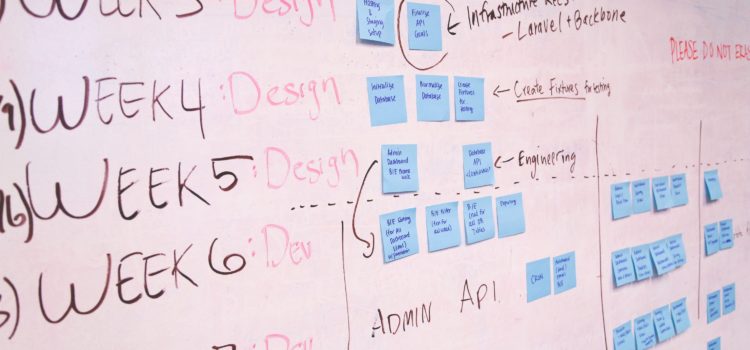Want to learn how to have more confident body language? What kind of body language expresses confidence? In the quest for confidence, understanding the secrets of body language can be your greatest ally. Renowned communication experts Allan and Barbara Pease reveal the key to unlocking confident body language in their book, The Definitive Book of Body Language. Read on to learn the basics of expressing confident body language, according to Allan and Barbara Pease.
Confident Body Language 101: Master the Nonverbal Cues










